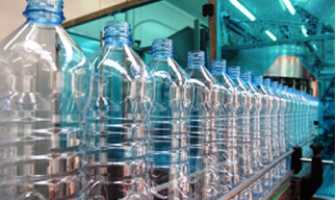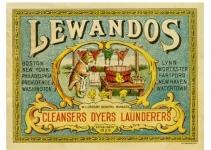In today’s world of packaged food, it has become common to judge an eatable by its wrapper or packaging. Apart from a distinctive design, the right package carries the product information including manufacturing and expiry dates, contents, ingredients and so on. Besides assuring the buyer of its shelf-life, well designed food packaging also helps enhance brand image and attract target customers. It is therefore important to have the right package for your food items. No wonder, world’s top packaging companies use inkjet coders to print and mark information on food labels to make the whole affair of packaging, full proof.
How Inkjet Coder Works:
Inkjet technology involves propelling ink to the print head with the stimulation of some kind of artificial pressure. The method can be used to mark both flat and curved surfaces. By utilizing a range of continuous inkjet inks, these printers can code on almost any substrate. The specialty of this technology is: it does not require the product to come into contact while printing. One of the greatest advantages of this non-contact system is: it facilitates coding on moving objects.

Why Use Inkjet Coding Technology for the Food Industry?
Like every industry, food processing has its unique coding and marking demands. Consumers’ growing preferences for small portions of food, and demands for sustainable packaging are creating newer challenges for the food packaging industry. Protein bars, snack packets, tetra packs for juice or milk, small soup pouches and yoghurt cups are some of the items that are high in demand across fast food markets worldwide. These items require special packaging that should contain high resolution coding. Poor quality, illegible codes may negatively impact your brand image.
Food processing also involves one of the most difficult production environments. In addition to heat, it may be ridden with salt, grease and spice-dusts. All these hinder the adhesion process and affect printing quality.
Depending on the food type – dairy and poultry products, beverages or soft drinks, confectionary and even fresh fruits and vegetables – the substrate materials differ widely. Aluminum packets, glass bottles, plastic paper cups and large cardboard boxes are some of the common materials that require coding in this industry.
Combating Challenges:
Inkjet technology is the solution for all the challenges that coding for food industry puts forth. From meeting stringent safety standards to handling a diverse range of packaging materials, and from operating in the most demanding production environments to supporting some of the fastest-moving product lines, inkjet coders enable food merchants to mark their products safely and unfailingly. By facilitating continuous, small-character non-contact printing, these systems help code a variety of packages for the entire food industry.
For example, in dairy industry, high production speeds and sanitization compliance requirements make it extremely challenging. With its non-contact features, Inkjet printers help meet the high sanitization standards and thus facilities a clean operation.
Inkjet also facilitates real time coding and marking on perishable items such as fruits and vegetables. It allows the use of food grade non MEK ink (solvent based ink composed of harmful chemicals). These safe inks are made up of substances including glycerin, glycol and water, and thus helps meet the food compliance regulations through reliable coding. No-contact printing also keeps the packets protected from dust and sugar syrup contamination.
Bakery products have a limited shelf life. Packaging of such products should therefore have the ‘best before’ date clearly printed on them. Their unique packaging methods increase the risk of ink-contamination. Inkjet’s non-contact printing help mitigate these risks.
Advanced inkjet coders are helping meet the changing needs of the food industry. An improved print quality therefore enables food manufacturers to better communicate important product information to the customer. Fuss-free, no-mess printing method help them comply with the government’s food safety regulations. Most importantly, high speed printing improves uptime, reinstates your brand image, subsequently giving a better ROI.



